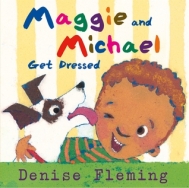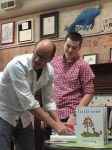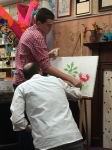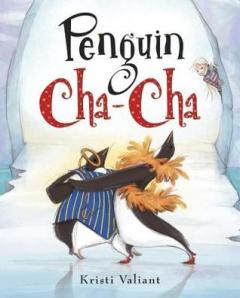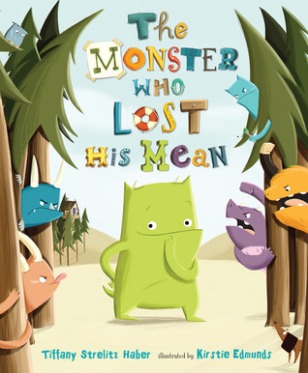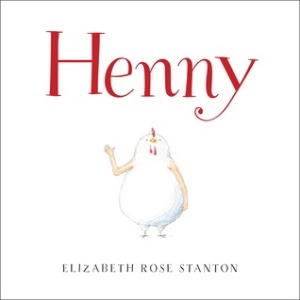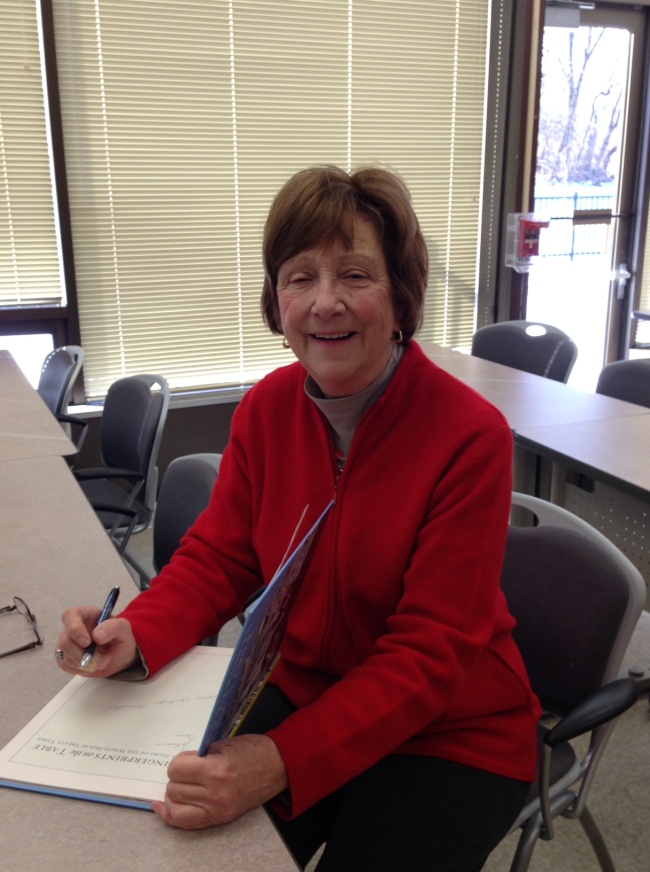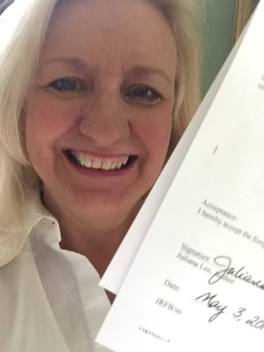
I am so thrilled to finally have this story to tell! It’s the one every writer yearns to tell. It’s the one that’s unique to every writer.
This one is mine.
After three years of writing and submitting to agents, I finally broke through the barrier. You know, the one between being someone who writes and being a writer with an agent.
I did a lot of the usual things aspiring authors do. I joined SCBWI. I continue to go to monthly meetings. I have attended several state and regional conferences and workshops. I took online classes and webinars. I started three different critique groups specifically for picture book writers, two of which are still active. I joined several online writing groups. I became an administrator in one of those groups, the Debut Picture Book Study Group. I am active on several social media sites. I purchased and devoured how-to books. And I got to know my local librarians and bookstore owners on a personal basis. I read, read, read picture books.
In short, I did everything I could to learn the craft.
And of course, I did my best to write good stories and submit to agents who were taking on new clients in my genre.
But I also did my best to make connections in the writing community. It was one of these fortunate connections which ultimately led to signing with my agent, Tina Schwartz of The Purcell Agency. I met Tina during a webinar on Writing Queries. We hit it off right away and I began working as her Literary Assistant. Tina was interested in my work. The first story I subbed to her was rejected, but the second pitch was a hit! She called me on Wednesday morning and made a verbal offer of representation. We spoke for a long time and she emailed a standard contract. Luckily for me, my son is an attorney so I emailed the contract to him for a quick look-see and an explanation of some terms of ‘legalese’.
The very next day I was on my way to Chicago for a writing conference. I was so crazy over the moon I could barely stay in my lane! My friend and critique partner (and passenger) was almost as excited as I was. And being the sweetheart that she is, she reread every single workshop and discussion offered as I drove pondering which alternate sessions to attend in light of my new circumstances. We memorized the names of agents/agencies and editors/publishing houses we wanted to meet that weekend. I’m so happy we had decided to take the shoulder days on the conference. This extra evening gave me the opportunity to better prepare myself without feeling rushed the morning of the conference with new concerns in addition to a 5 hour drive. Then we focused on having fun and learning as much as we could. It was actually a nice reprieve from the constant preoccupation of possible representation. If my brain wasn’t overstimulated before the conference, it certainly was afterwards.
In the meantime, my son had redlined the contract with a few suggestions and I made a list of questions, questions, and more questions I wanted to ask Tina. (Remember those shoulder days? We stayed Sunday evening, had dinner with new friends and didn’t head home until Monday morning.) Monday, I relaxed, reviewed notes, discussed it with my son and husband and I called her on Tuesday morning with my inquires. We spoke for almost an hour, something I appreciate in an agent. She was very patient with me and answered all my questions and concerns. We negotiated the terms of the contract, and Tina re-mailed it on the spot. I printed it out. Signed. Returned a scanned copy. And celebrated!
Now, Wednesday again. One week after the initial phone call, Tina emailed me again. She has sent my manuscript to five publishing houses, houses I would not have been able to get into without an agent.
Unreal! I’m still pinching myself!
Tags: agent, Children's Books, Children's literature, conferences, critique groups, picture book, picture books, SCBWI, social media, webinars, writing









